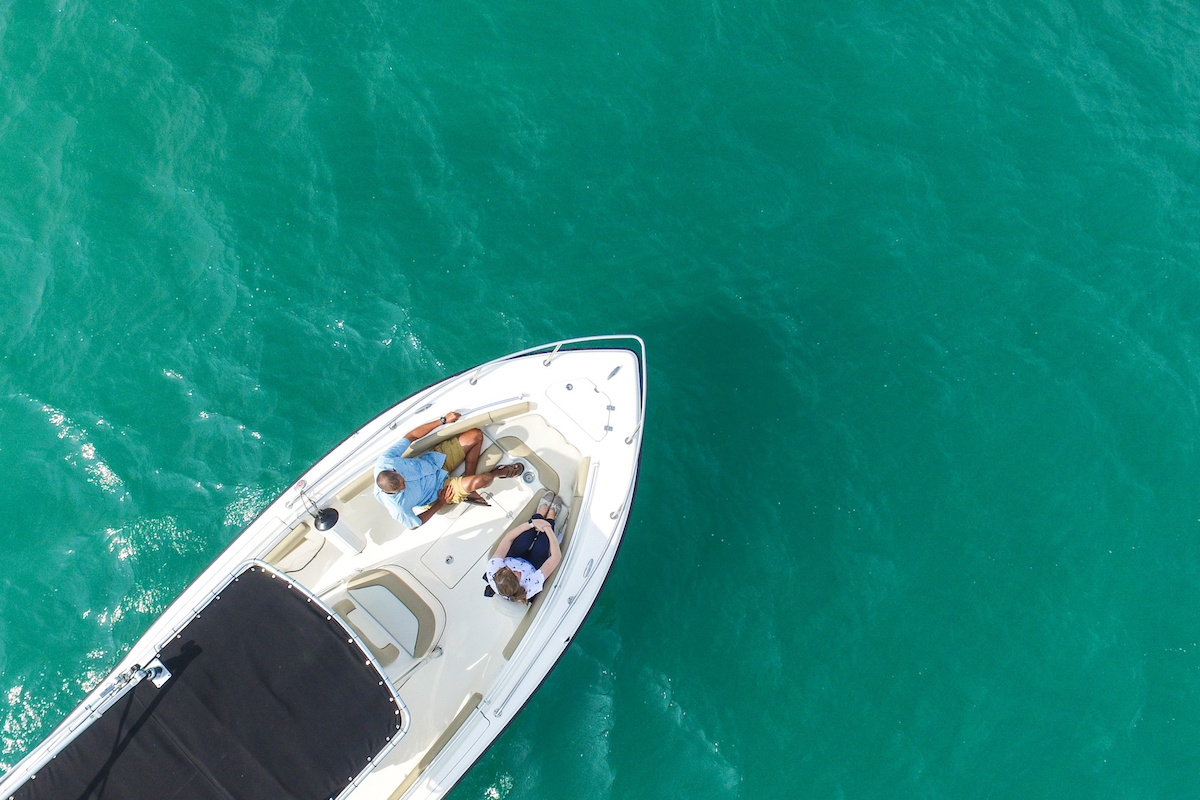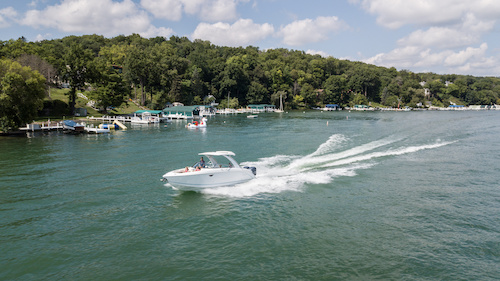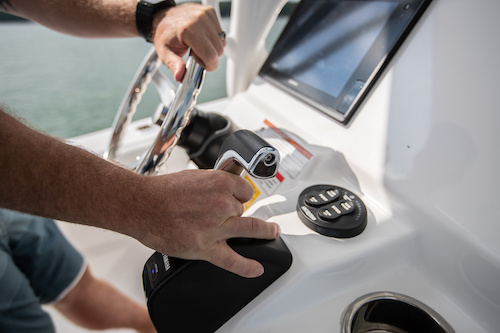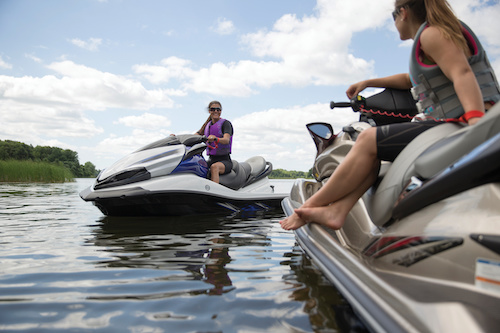Buying a boat is always an exciting time, and for the best experience possible, it's always a good rule of thumb to work directly with a professional boat dealer or manufacturer (both of which have a wide selection of affordable entry-level models at reasonable prices); however, we understand that some boat buyers may opt to buy a used boat from a private seller in an attempt to save some money over the price of a new boat.
When you buy a pre-owned boat from a private party, you are taking on the usual business overhead incurred by a dealer—the shop time and parts the owner may have invested in the getting the boat ready for sale, and their cost to store and advertise the boat.
A private seller may also be more motivated to sell the boat, and thus willing to accept a lower-than-market price. Although, buying a boat from a private seller requires self-confidence and a little savvy because this is definitely a “buyer beware” situation. Once the deal is done you’ll have no warranty and little recourse if there is a problem.
That said, thousands of boats change hands between owners every year, usually without an issue. Here are some tips that can help make your deal a good one.
23 Most Affordable Entry-Level Boat Models
Buying a Used Boat Checklist
1. Finding a Used Boat for Sale
There are dozens of ways a private party can list a boat for sale, from boat-specific websites to the bulletin board at your local bait shop. When you find a boat that interests you, try to set up a phone call rather than an email dialogue, which can be easily used by a scammer. Don’t even consider buying a boat unseen—if the boat is across the country at least have someone you trust look it over in person.
Ask some basic questions to pre-qualify your seller, such as:
- The location of the boat;
- If it’s ready to put in the water;
- Are service records available and the title in hand;
- And perhaps the most basic—why are you selling this boat?
If you feel good about the seller and still like the boat, set up an in-person viewing.
2. Inspecting the Boat Before You Buy
You’ll next want to inspect the boat, and the complexity of this step depends on the complexity of the boat; evaluating an aluminum fishing boat with a tiller-steer outboard is a lot easier than process of examining a 30-foot, multi-engine center console boat. And, the bigger and more-expensive the boat, the more you’ve got on the line.
For smaller boats kept on a trailer, there’s some advantage to seeing the boat at the seller’s home or business—if the seller’s garage, for example, is clean and organized it’s likely the boat has been well maintained. If the place is a mess, it could be a red flag.
3. Conducting a Sea Trial
You’ll want to sea trial any boat. For smaller boat, meet at the launch ramp, so you can also get a look at the trailer.
Have the seller show you any features of the boat, and then splash it an go for a long enough ride to warm up the engine and check that all systems are working—the engine starts easily and sounds smooth; the trim functions; the lights, electronics, instruments and audio system are working; and pumps for live wells and bait wells do their thing.
4. Hiring a Marine Surveyor
For a bigger, more expensive boat it pays to hire an expert—for a few hundred dollars a professional marine surveyor will conduct a condition and valuation (C&V) survey and sea trial for you, and show you any issues they spot on the boat. The surveyor performs the same service as a house inspector you’d hire before making that purchase.
This is the best way avoid buying a boat with significant issues, such as blistering in the hull or a water-logged transom. Consider having a professional technician separately inspect the engine(s). Engine issues are the most-common problem encountered by used-boat buyers, and can be costly to remedy. Also inspect the trailer tires, wheel bearings and lights. Surveyors usually charge by the boat length, at $15 to $25 per foot. Issues that come up in these inspections can be addressed before closing the sale, or can be used as a point of negotiation. In some cases, a lender will require a professional survey to close the deal.
5. Check Titles and Liens
Most states require a title for boats over 16 feet in length.
- Check the title to make sure it’s valid, that there are no liens on the title, and that the HIN (Hull Identification Number) on the title matches that of the boat.
- You’ll find the HIN on the upper part of the starboard (left) side of the transom. In some states there may be a separate title for the trailer.
- If the boat is not required to have a title, ask to see a bill of sale from when the current owner purchased the boat, as proof that they are the true owner.
6. Draft a Purchase Agreement or Bill of Sale
Finally, draw up a boat purchase agreement or bill of sale. You may find a purchase agreement form on a state government website, or BoatUS offers blank forms, as does the U.S Coast Guard. The agreement should specifically list all items or accessories you expect to be included in the sale, such as electronics (include serial numbers), spare propellers, and even coolers or dock lines.
Is a Pre-Owned Boat Right for You?
Buying a boat from a private party takes some extra work—tasks a good dealer would do before putting the boat up for sale—but the effort can pay off with a lower purchase price.
New or Pre-Owned Boats: How to Decide What Type of Boat to Buy
You Might Also Like:



